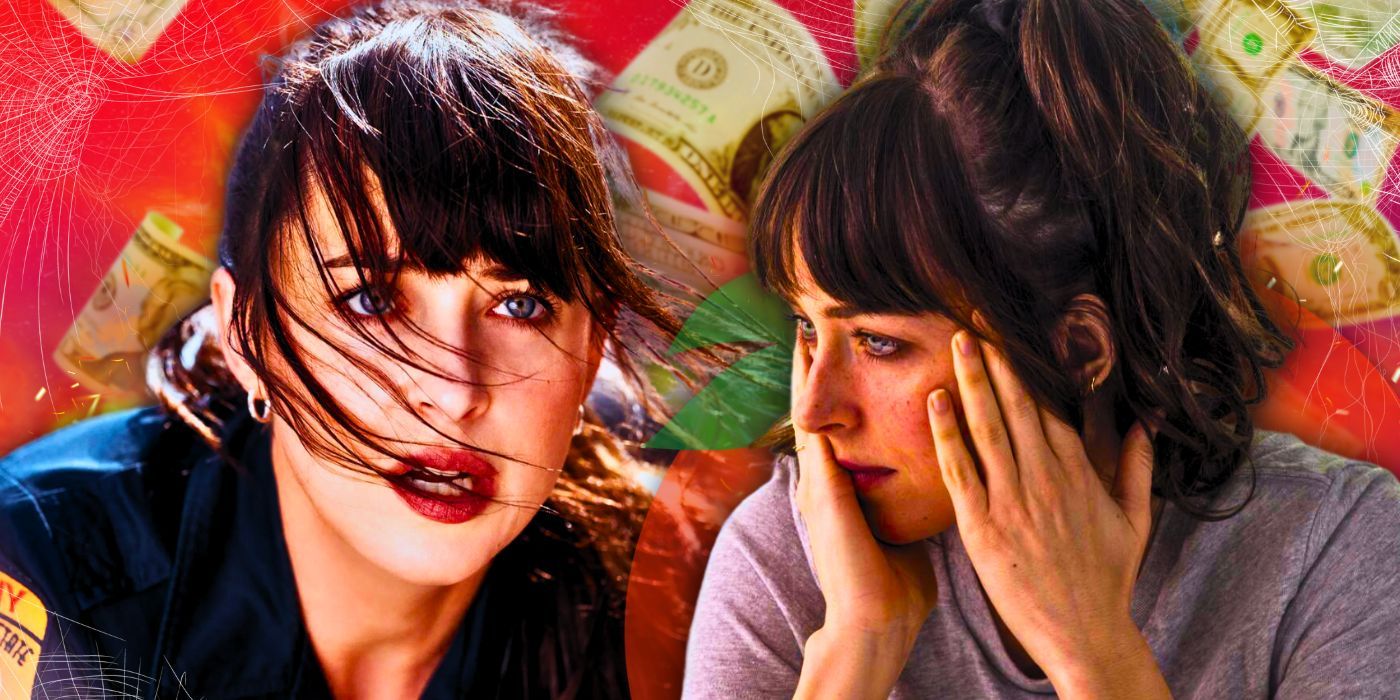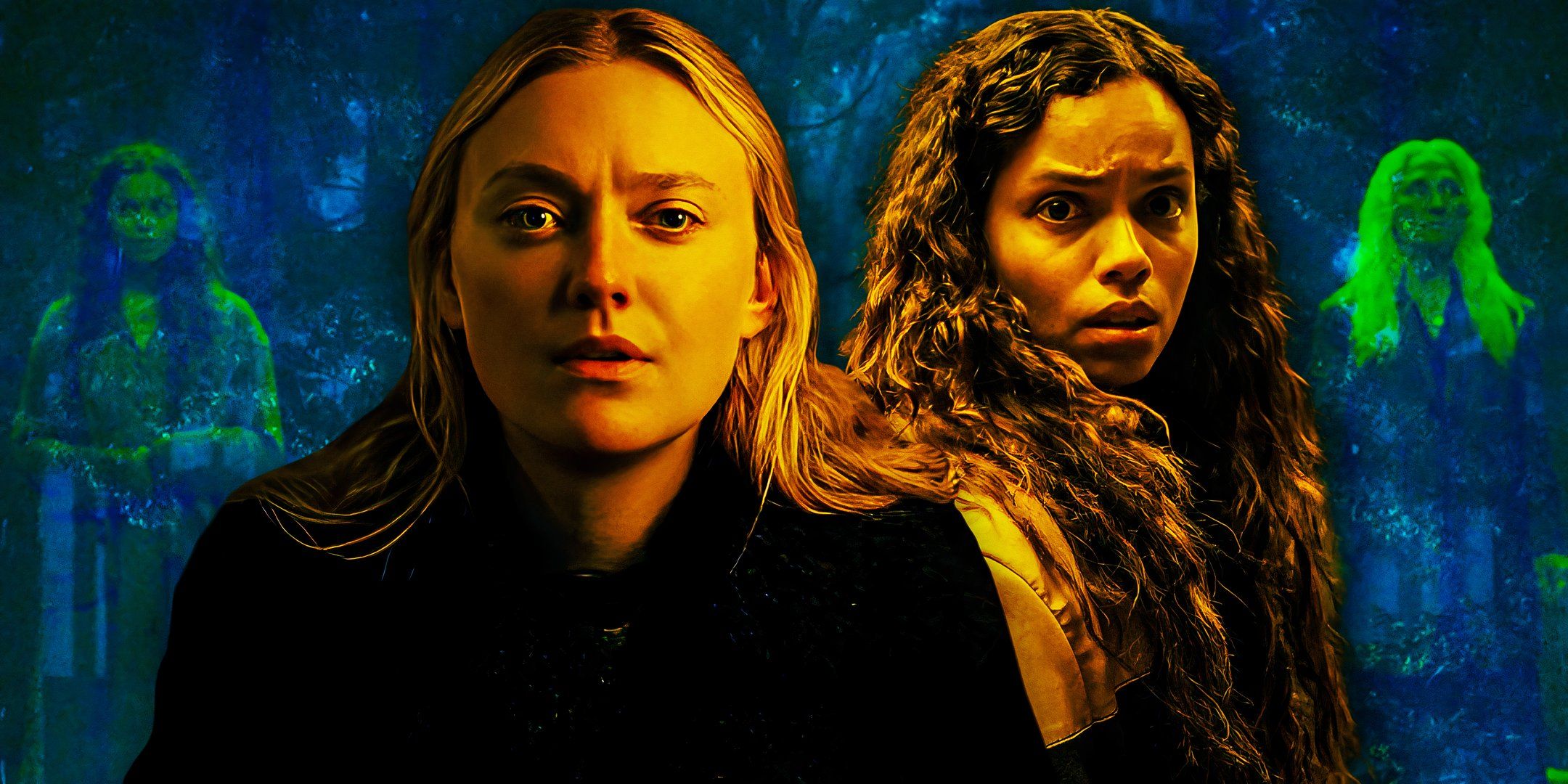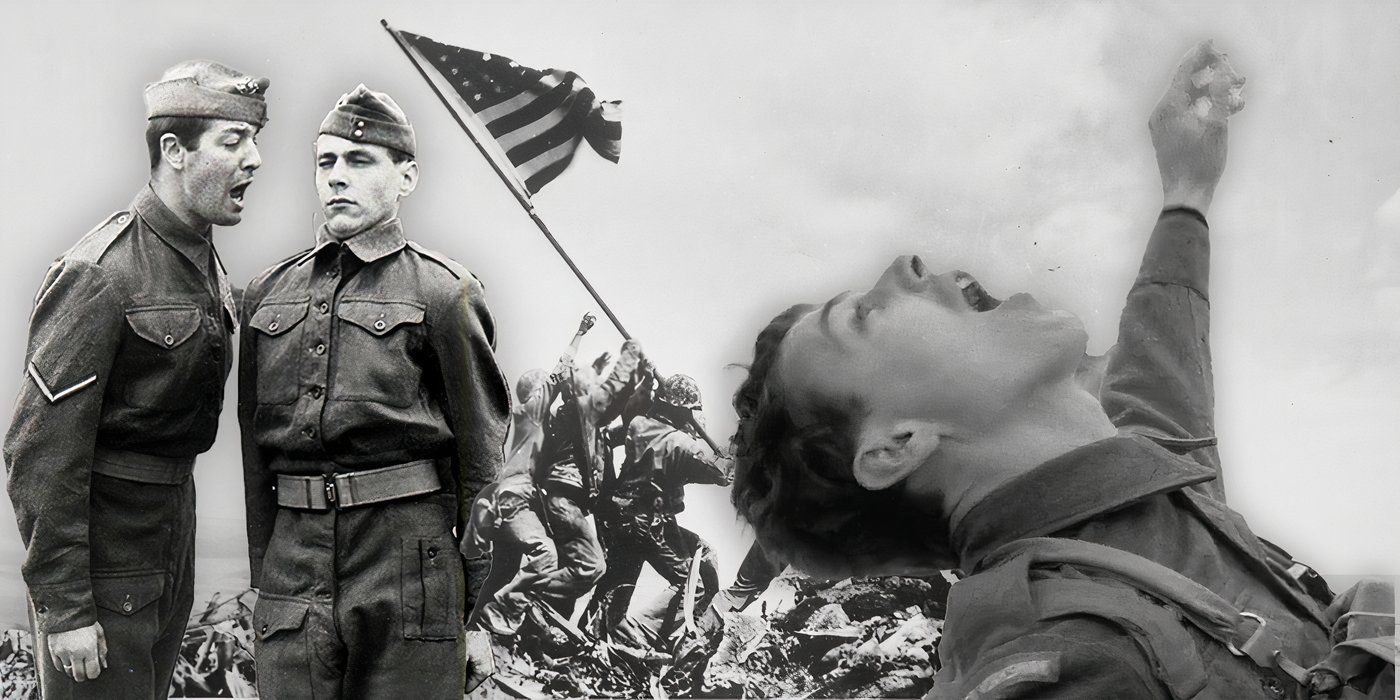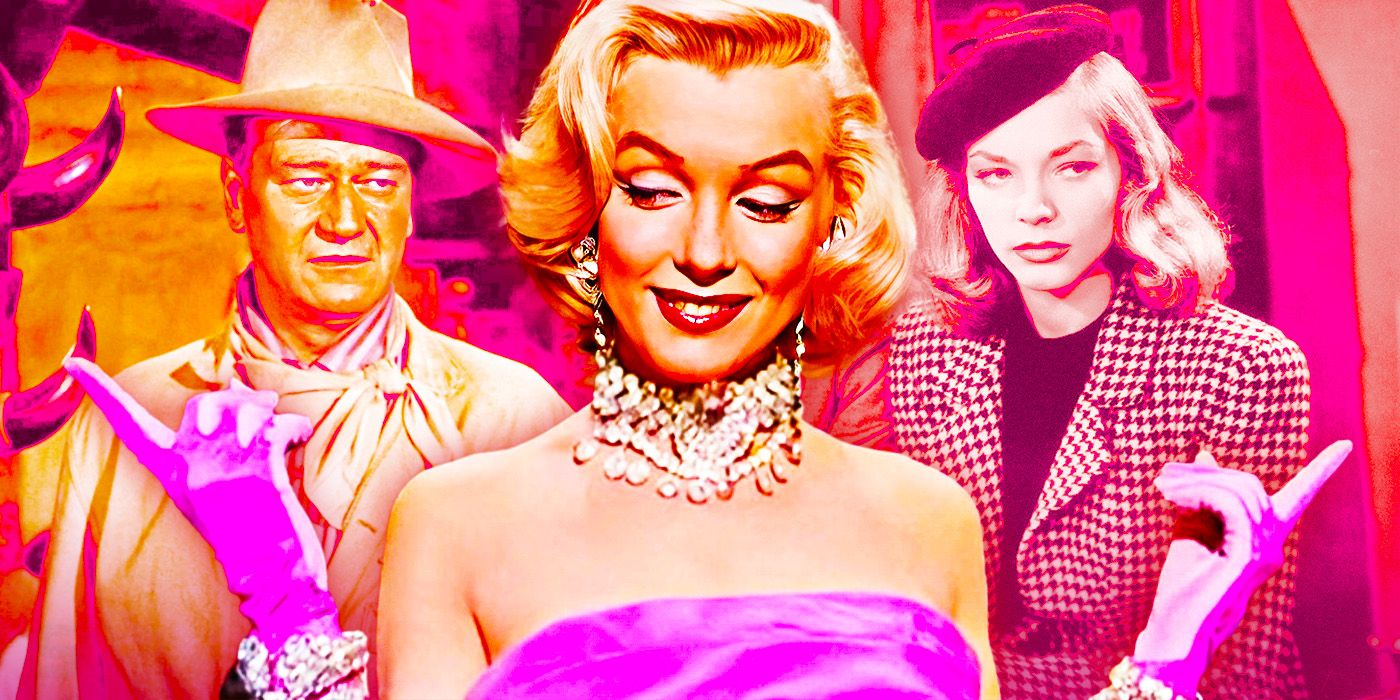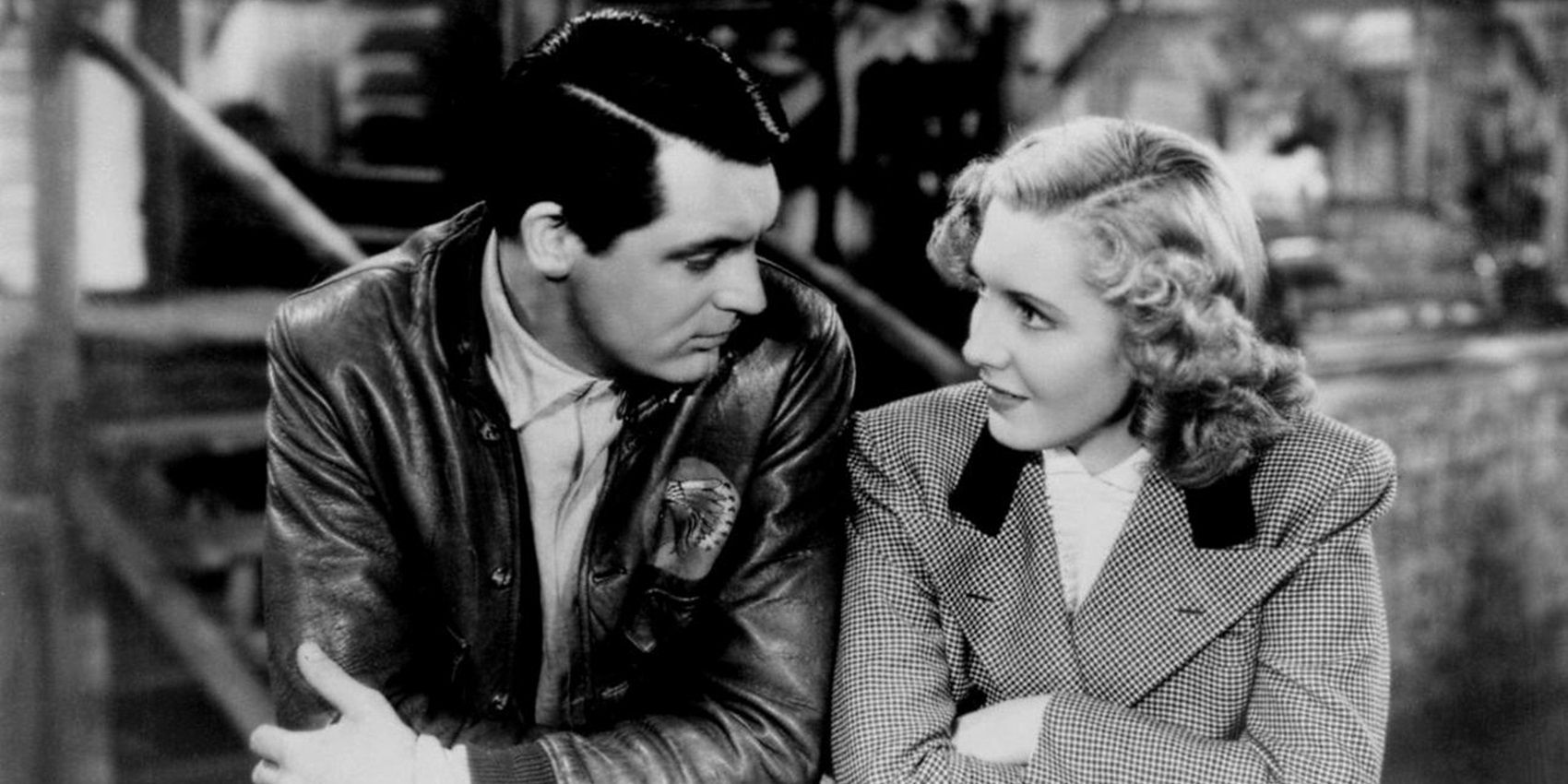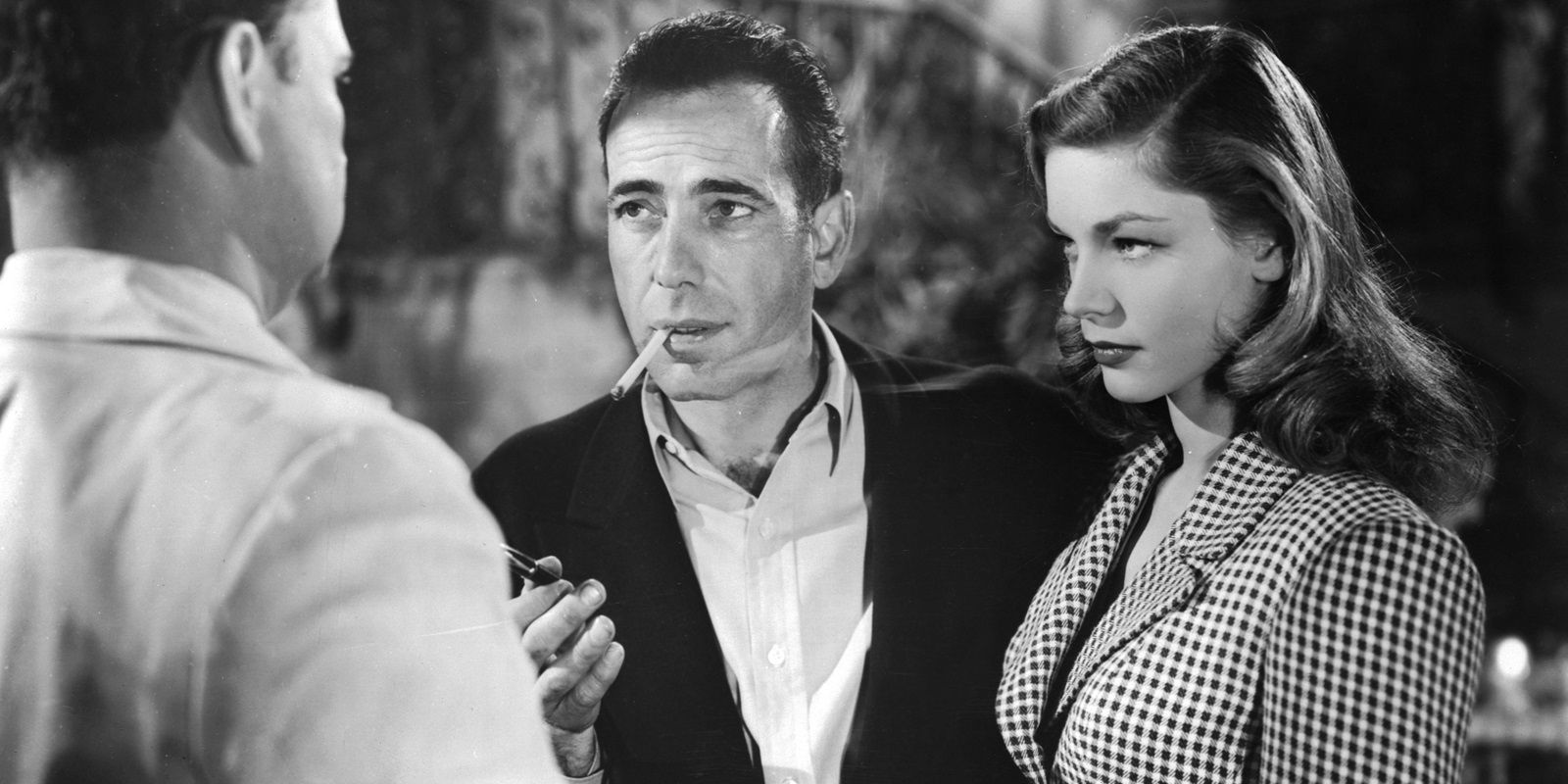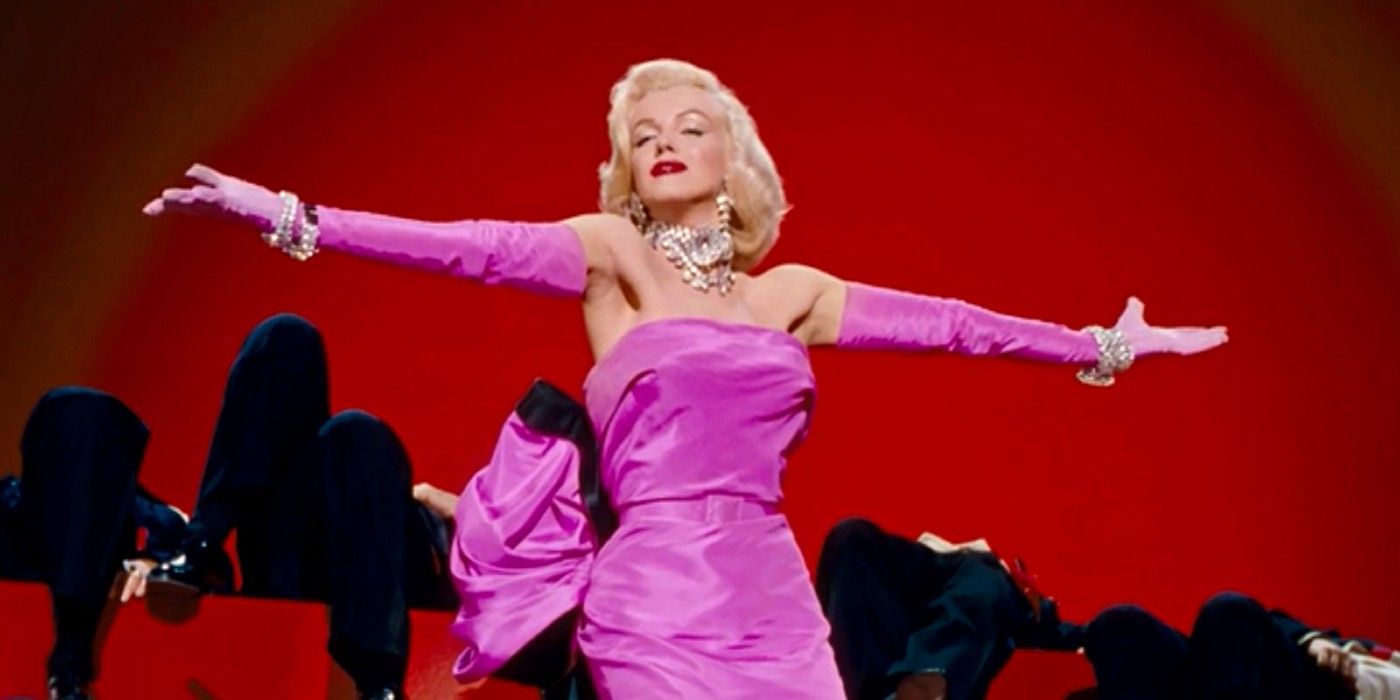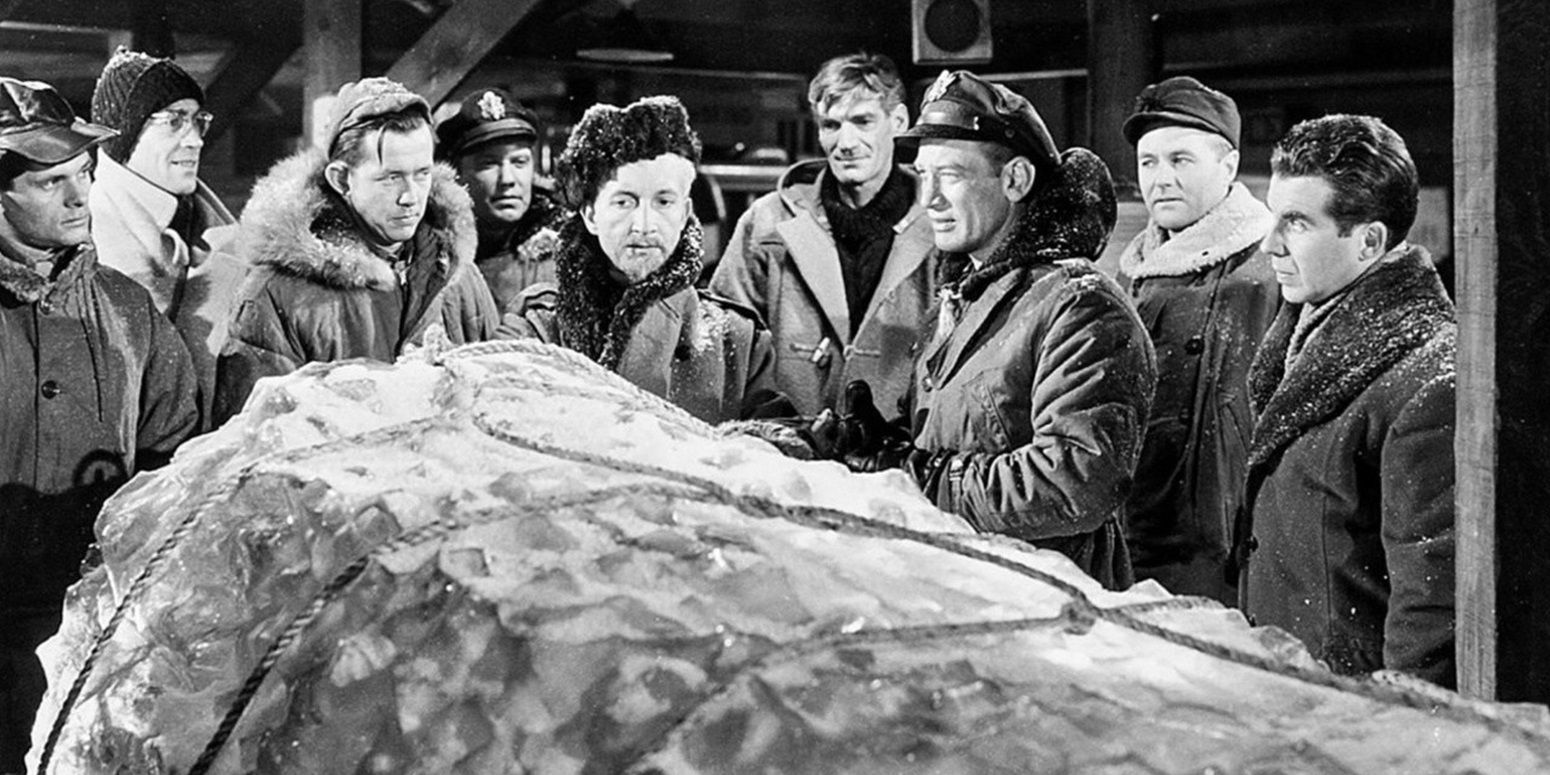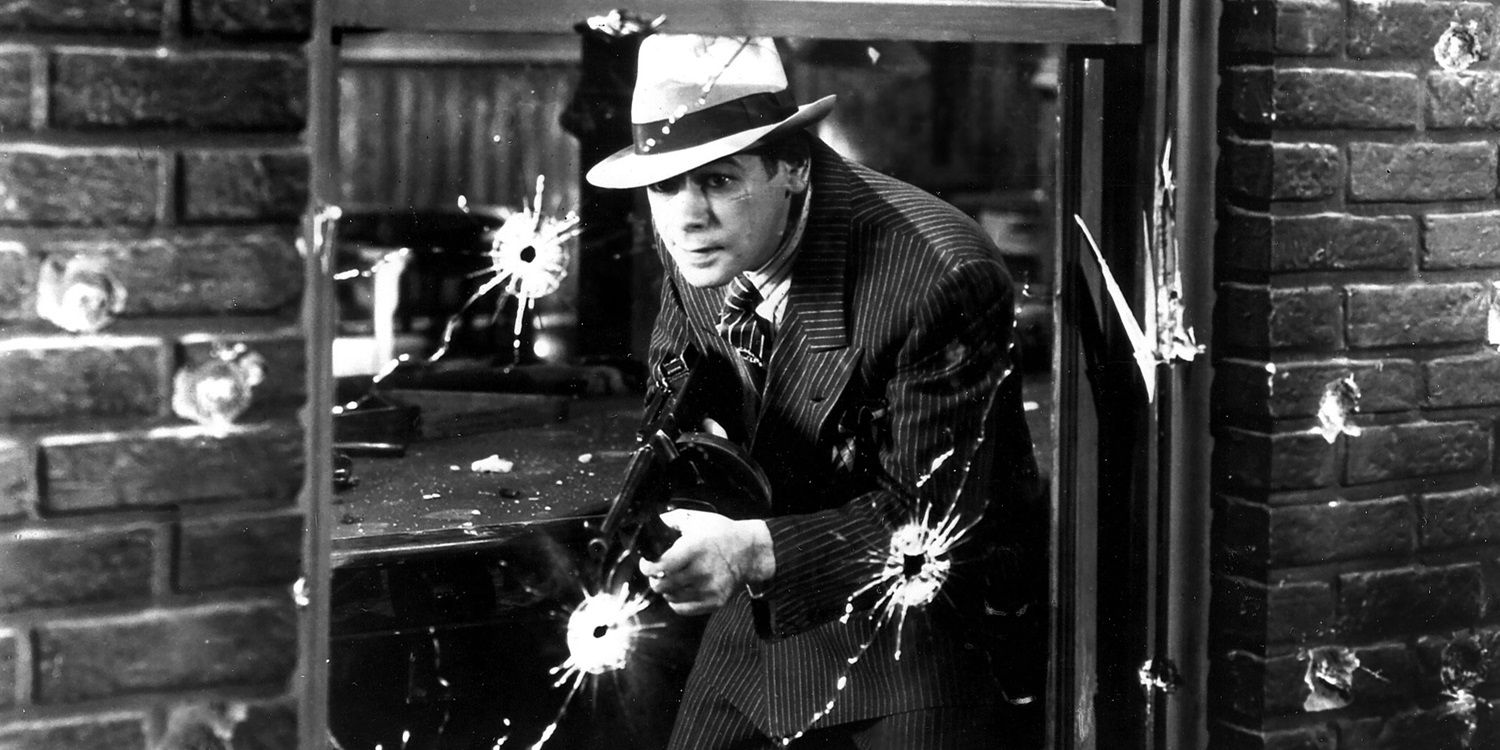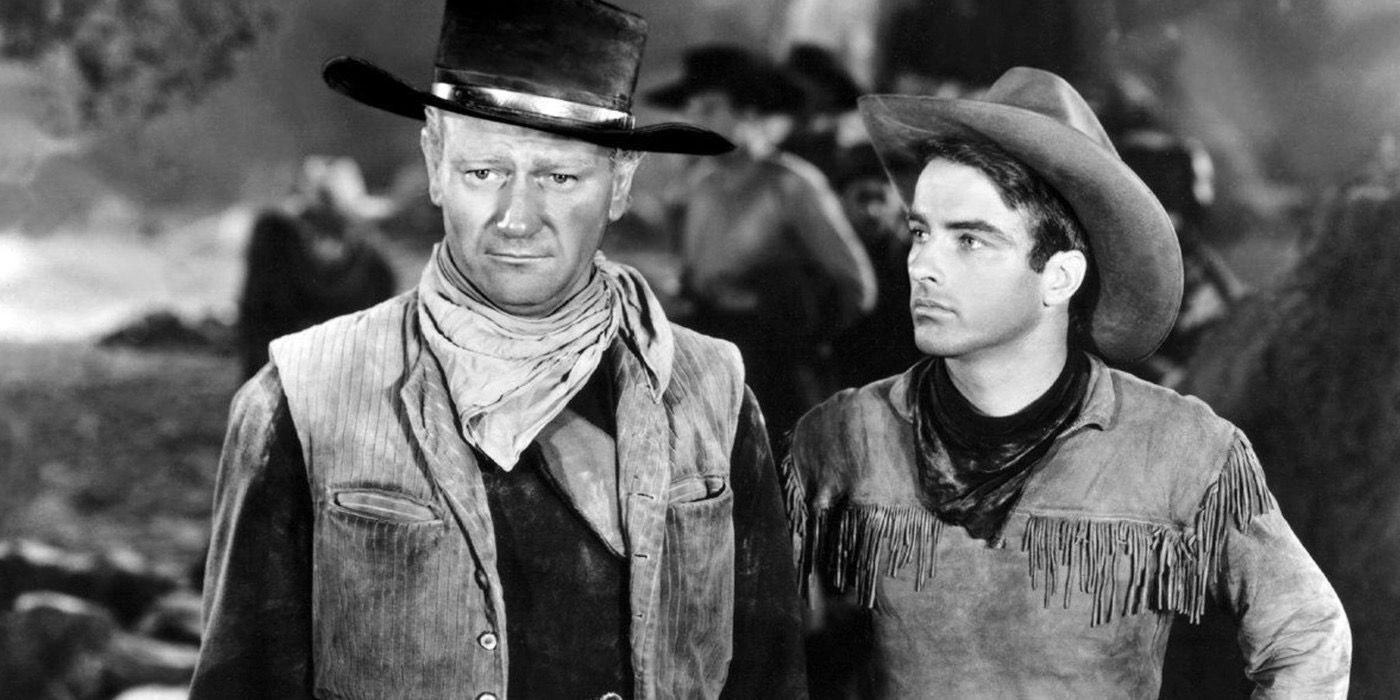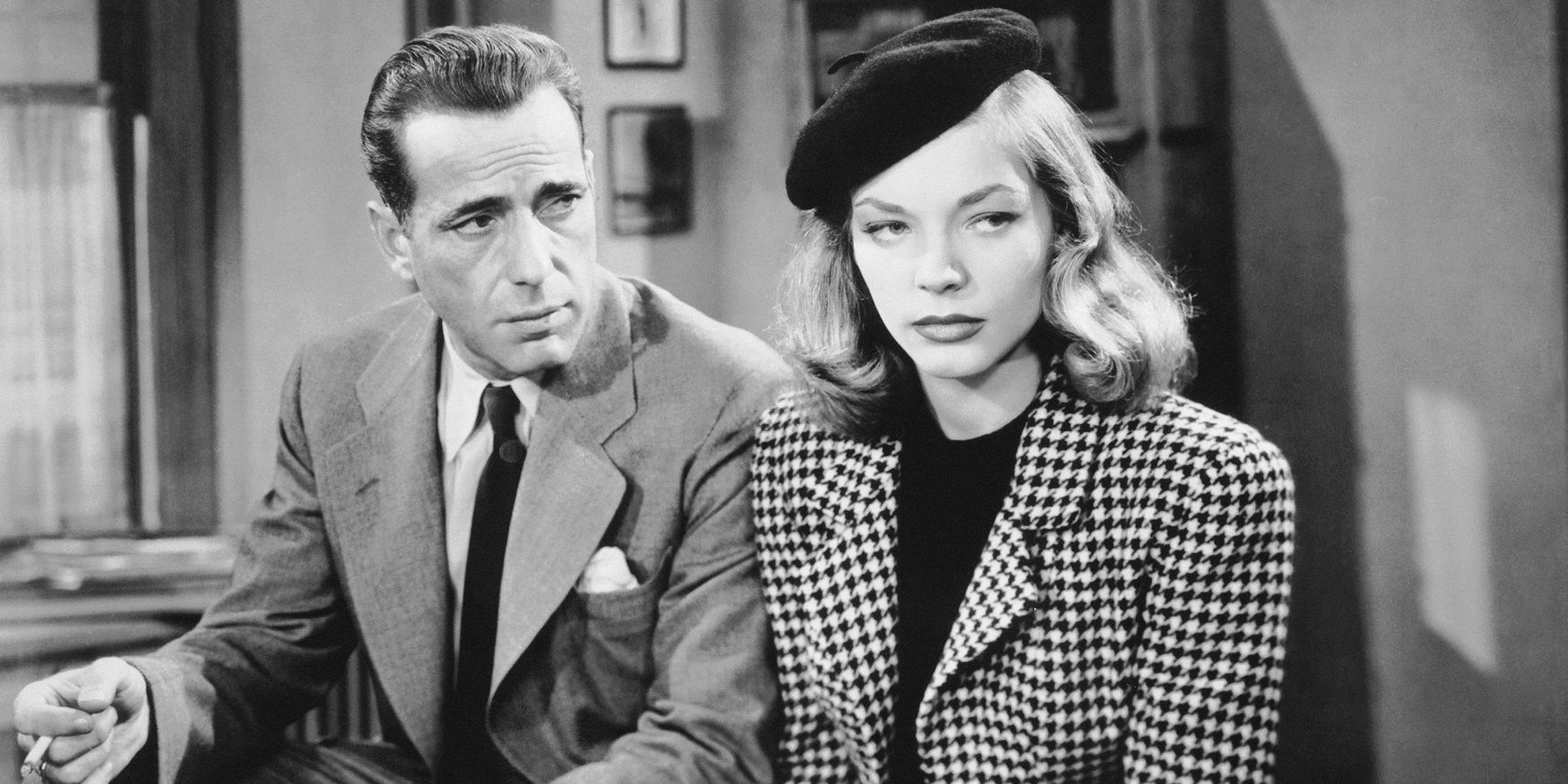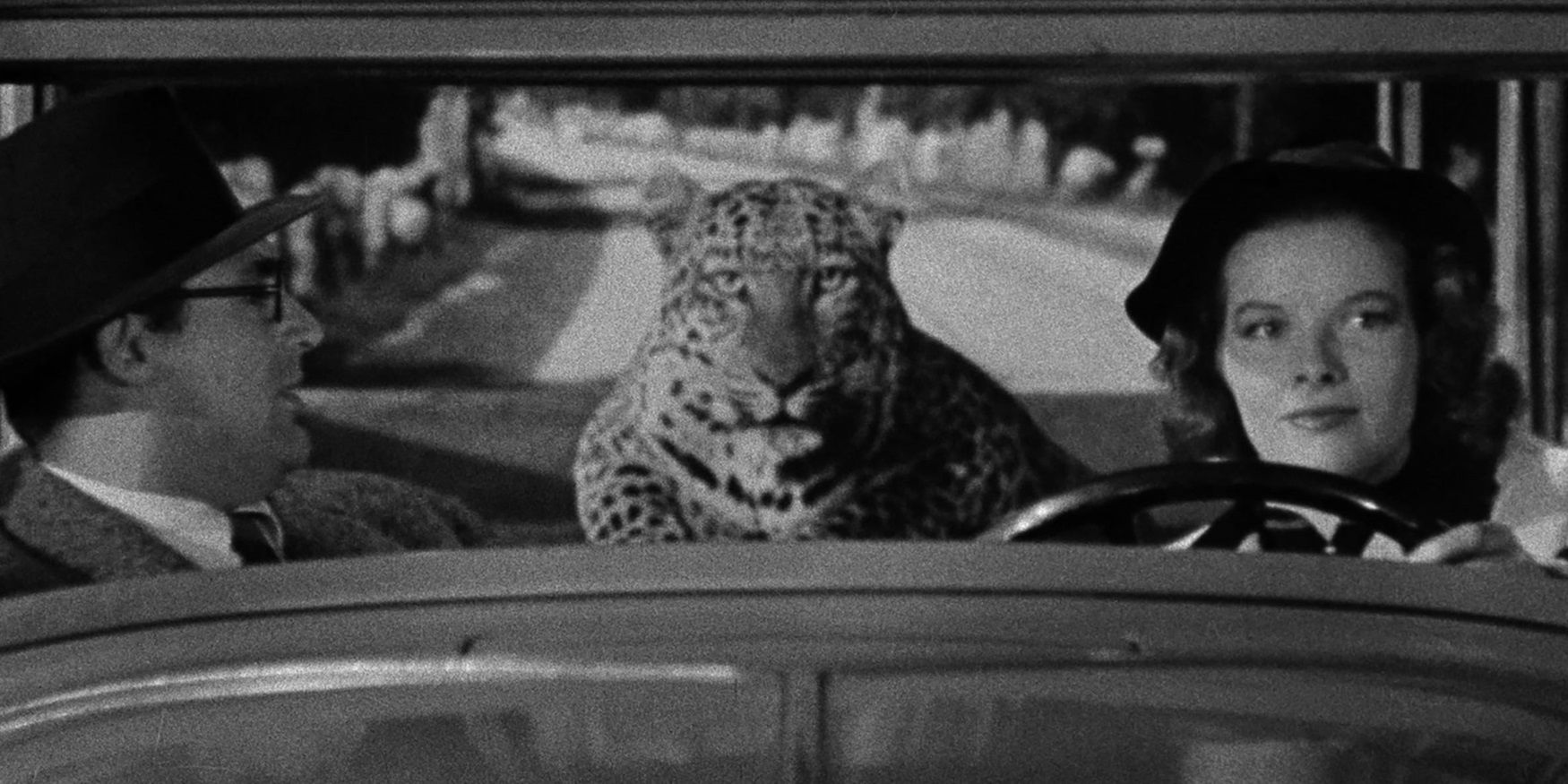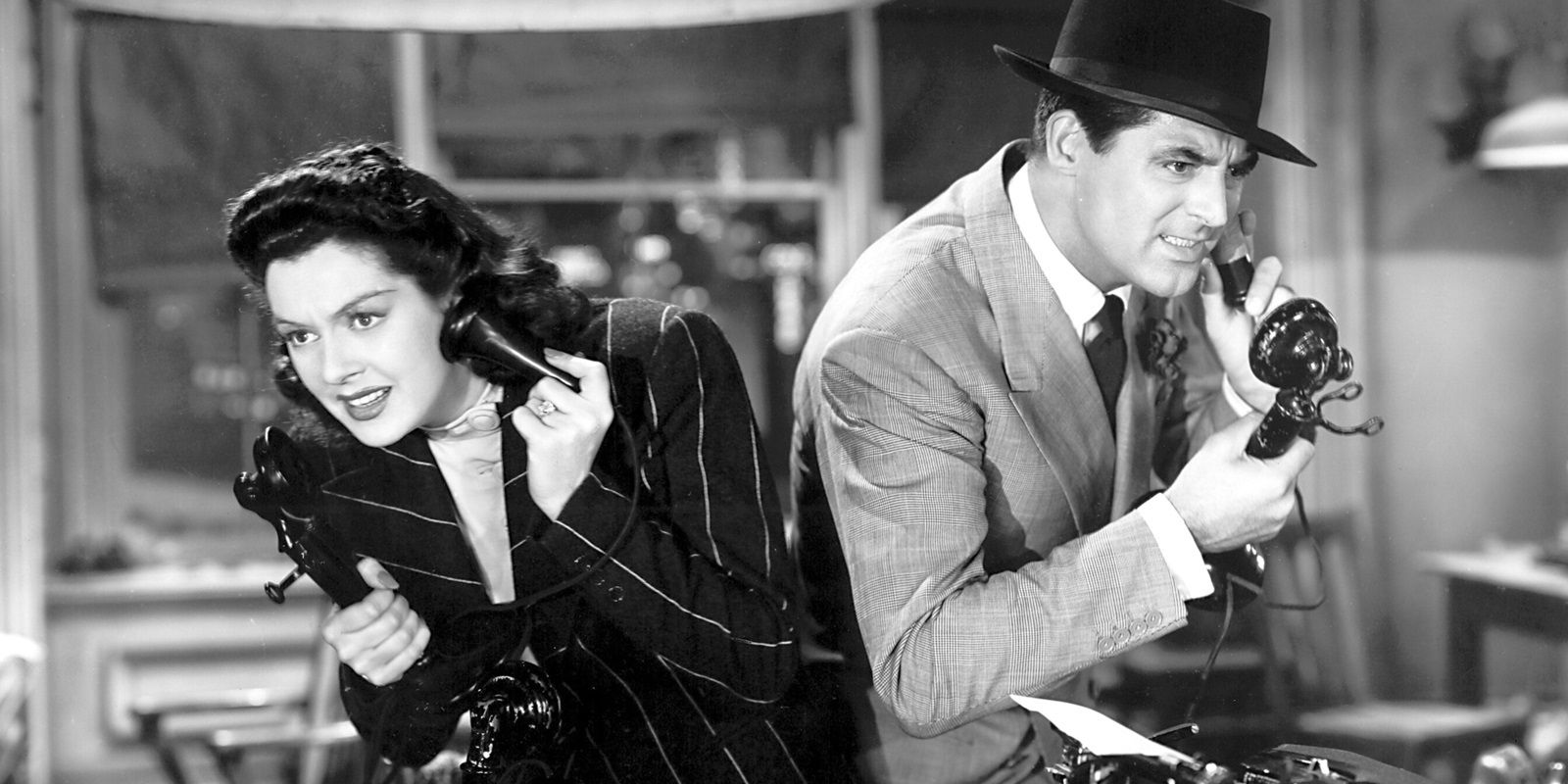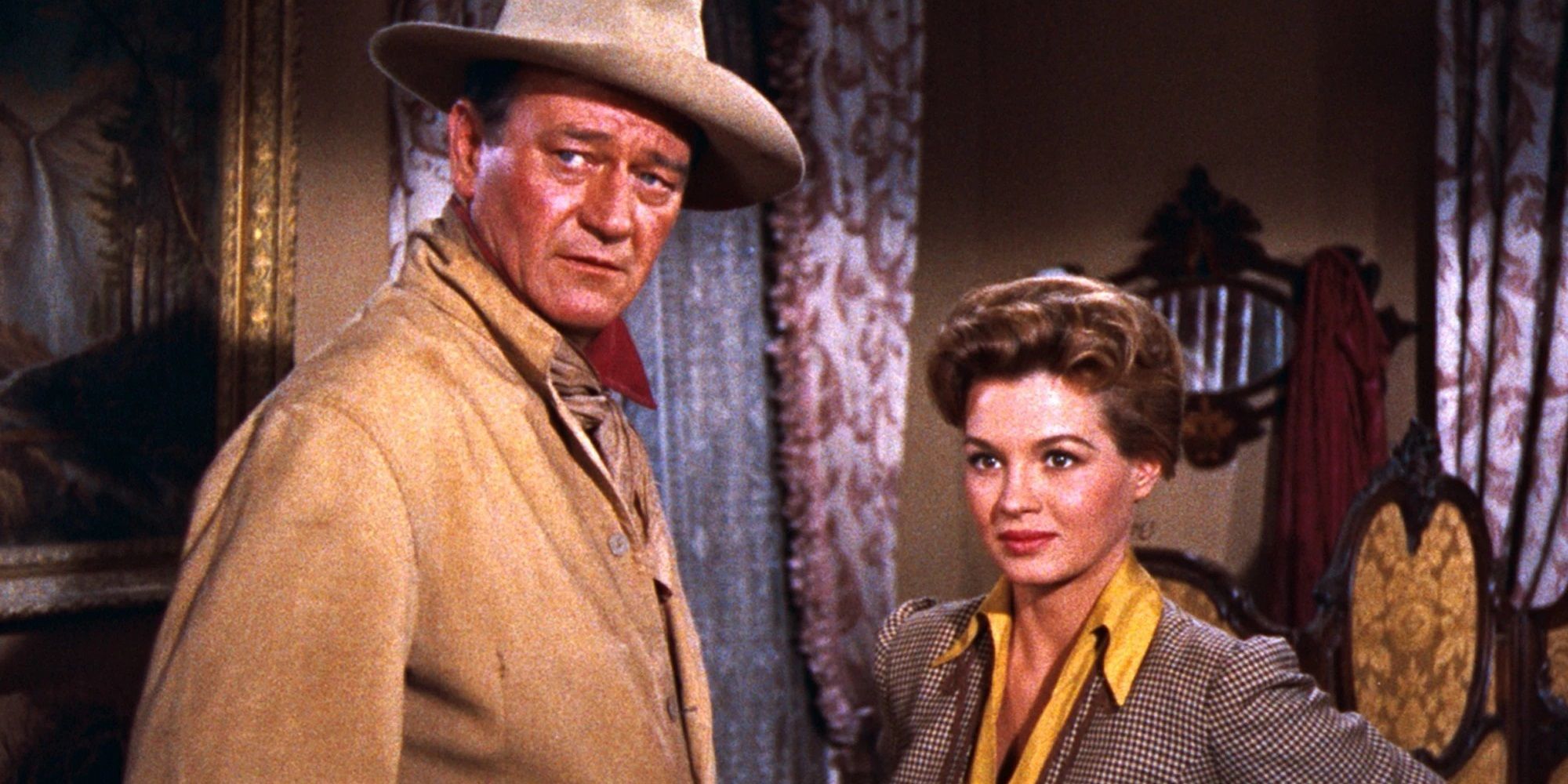Summary
- Howard Hawks was a versatile director who excelled in multiple genres, including westerns, film noirs, and screwball comedies.
- Hawks was known for his ability to create strong, independent female characters, leading to the term "Hawksian woman."
- Many of Hawks' films, such as Scarface, Red River, and The Big Sleep, are considered classics and have had a lasting impact on filmmaking.
With comedies, dramas, westerns, and war films to his name, Howard Hawks is one of the most versatile directors in Hollywood history. At a time when auteur filmmaking was on the rise, Hawks made a name for himself as a director who could spin any material into a great movie and didn’t allow himself to be pigeonholed. Hawks was a master of many genres who helmed some of the greatest westerns and film noirs ever made, helped to pioneer the screwball subgenre with his trailblazing comedy classics, and even dipped his toes into science fiction when the art of special effects was still in its infancy.
Hawks’ ignorance of traditional gender roles and knack for creating strong, independent female characters led to the coinage of the term “Hawksian woman.” He could take a familiar genre framework and flip it on its head while still delivering the goods. Hawks was one of the most prolific names of the Classical Hollywood era of American cinema. From his groundbreaking gangster movie Scarface to his iconic musical Gentlemen Prefer Blondes, Hawks directed a ton of great movies throughout his career.
10 Only Angels Have Wings (1939)
Only Angels Have Wings combines romance and adventure in the high-flying story of the manager of an air freight company risking his pilots’ lives to land a lucrative deal in a remote South American trading port. The movie features a bunch of classic planes from the golden age of aviation, which has made it popular among airplane aficionados. Only Angels Have Wings marked a turning point for Hawks’ career; it’s been noted as a stylistic bridge between Hawks’ romantic early films of the 1930s and his darker films of the 1940s and 1950s.
9 To Have And Have Not (1944)
Based on Ernest Hemingway’s 1937 novel of the same name, To Have and Have Not focuses on the romance between a freelance fisherman in Martinique and an American wanderer who just flew in from Rio, set against the backdrop of the French Resistance. Contemporary critics felt that To Have and Have Not borrowed too liberally from then-recent hit Casablanca, also starring Humphrey Bogart. But it’s since been re-evaluated as a sharp, witty love story that benefits from electrifying on-screen chemistry between its stars in spite of its unoriginal and uninspired plot.
8 Gentlemen Prefer Blondes (1953)
Hawks tried his hand at the burgeoning musical genre with 1953’s Gentlemen Prefer Blondes, an intoxicating blend of comical situations and catchy songs with stunning choreography by Jack Cole. Stars Jane Russell and Marilyn Monroe anchor the movie with impeccable performances, Russell with no-nonsense wit and Monroe with unparalleled screen presence and charisma. Monroe’s rendition of “Diamonds Are a Girl's Best Friend,” delivered in an eye-catching pink dress, is one of the most iconic moments in cinema history, homaged by everyone from Beyoncé to Miss Piggy.
7 The Thing From Another World (1951)
Based on John W. Campbell, Jr.’s 1938 novella Who Goes There?, The Thing from Another World revolves around a group of scientists and soldiers contending with a malicious alien entity at an isolated Arctic outpost. Hawks’ film adaptation used the science fiction story to symbolize McCarthyism and the threat of Communism. While it’s not quite as terrifying or visually stunning as John Carpenter’s 1982 remake, due to its early primitive effects, Hawks’ version does a similarly great job of capturing the camaraderie between the guys at the outpost, and the paranoia and distrust that bring that camaraderie crumbling down.
6 Scarface (1932)
After Little Caesar and The Public Enemy introduced the gangster genre to Hollywood filmmaking in 1931, Hawks solidified its tropes with 1932’s Scarface. The classic rise-and-fall arc that can be seen in every other gangster movie was first established in Scarface – with the crucial caveat that the central antihero’s defining flaws end up causing his own downfall. Every subsequent gangster film of the 1930s set out to emulate the distinctive, gritty visual style of Scarface, and its themes are still being explored by filmmakers like Martin Scorsese and Guy Ritchie to this day.
5 Red River (1948)
At a time when western movies had a rigidly defined black-and-white code of ethics, Red River challenged and subverted the typical hero-and-villain dynamic. John Wayne’s Thomas Dunson gradually develops from the hero into the heavy through his complicated relationship with his surrogate son Matt Garth, played by Montgomery Clift. Red River carries the message that violence won’t solve anything in a genre that usually uses violence to solve everything. With the anti-violence themes of Red River, Hawks was way ahead of the curve on the anti-western movement.
4 The Big Sleep (1946)
Raymond Chandler’s classic crime novel The Big Sleep, a pulpy tale of blackmail and murder, was turned into a classic film noir when Hawks got his hands on the film rights. Hawks masterfully translated Chandler’s signature twisty storytelling to the screen in an adaptation penned by three legendary writers: Nobel laureate William Faulkner, “Queen of Space Opera” Leigh Brackett, and Mutiny on the Bounty writer Jules Furthman. Humphrey Bogart and Lauren Bacall’s magnetic on-screen chemistry in the lead roles of private eye Philip Marlowe and subversive femme fatale Vivian Sternwood Rutledge led to more “Bogie and Bacall” collaborations (including a real-life marriage).
3 Bringing Up Baby (1938)
Hawks’ comedy classic Bringing Up Baby revolves around a series of wacky misadventures involving a paleontologist, an airheaded heiress, and a leopard named Baby. Although it wasn’t appreciated in its time and dealt a major commercial blow to Katharine Hepburn’s career, Bringing Up Baby was eventually reappraised as a classic when it was shown on television in the 1950s. Bringing Up Baby’s surprising storytelling, ludicrous scenarios, and pitch-perfect comedic timing made it a cornerstone of film comedy, and created the screwball template. It frequently appears on lists of the greatest movies ever made.
2 His Girl Friday (1940)
Hawks helped to define the romcom conventions that are still used to this day with his screwball comedy masterpiece His Girl Friday, about a newspaper editor covering a story with his ex-wife, an ace reporter, in a bid to win her back from her new fiancé. His Girl Friday has some of the fastest, wittiest dialogue ever recorded, and Cary Grant and Rosalind Russell are perfectly matched in the lead roles. This surprisingly progressive comedy still holds up today, and went a long way towards giving female characters on film some much-needed agency.
1 Rio Bravo (1959)
In response to Gary Cooper’s cowardice in High Noon, Hawks reunited with Wayne for another classic western about a lawman who refuses to flee in the face of adversity. Rio Bravo is essentially a hangout movie as Wayne’s Sheriff John T. Chance and his newly appointed deputies, played by Dean Martin and Ricky Nelson, sit around and wait for their prisoner’s posse to arrive. Howard Hawks’ razor-sharp direction, the cast’s affable performances, and screenwriter Leigh Brackett’s snappy dialogue combined forces to make Rio Bravo a timeless classic of the genre.


